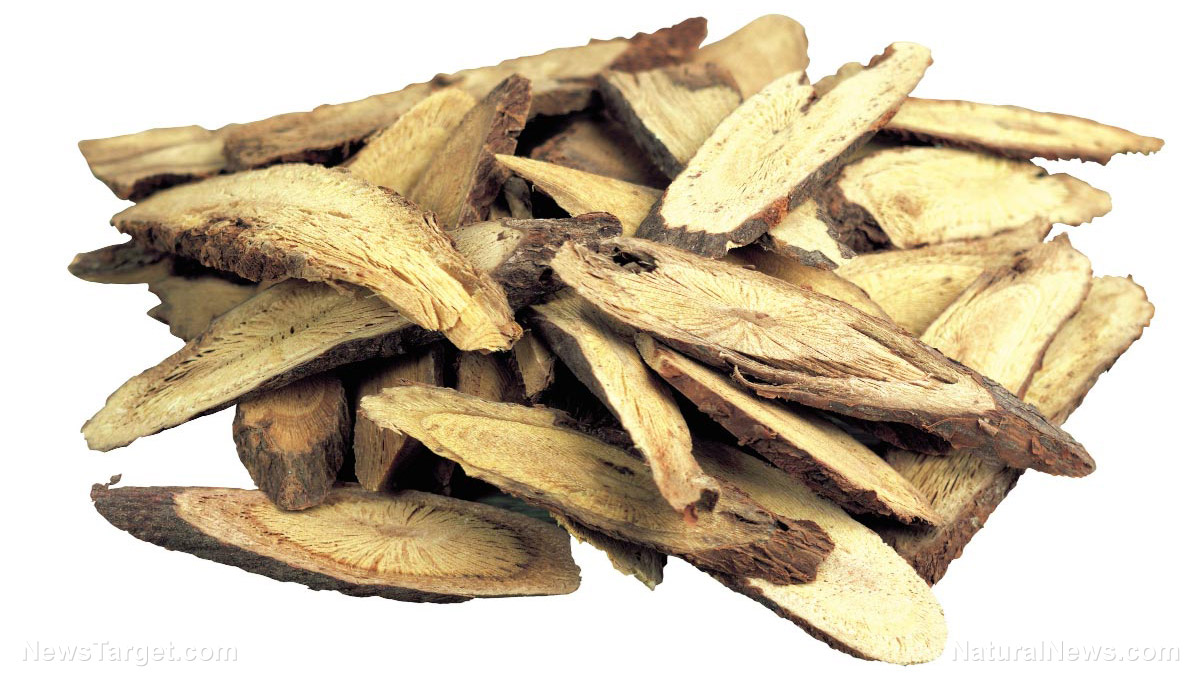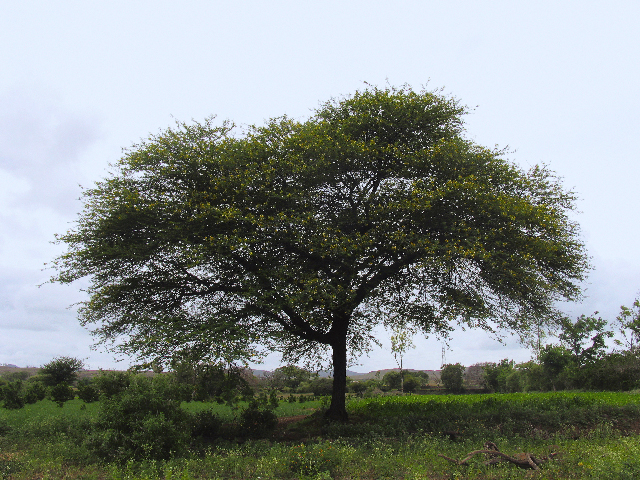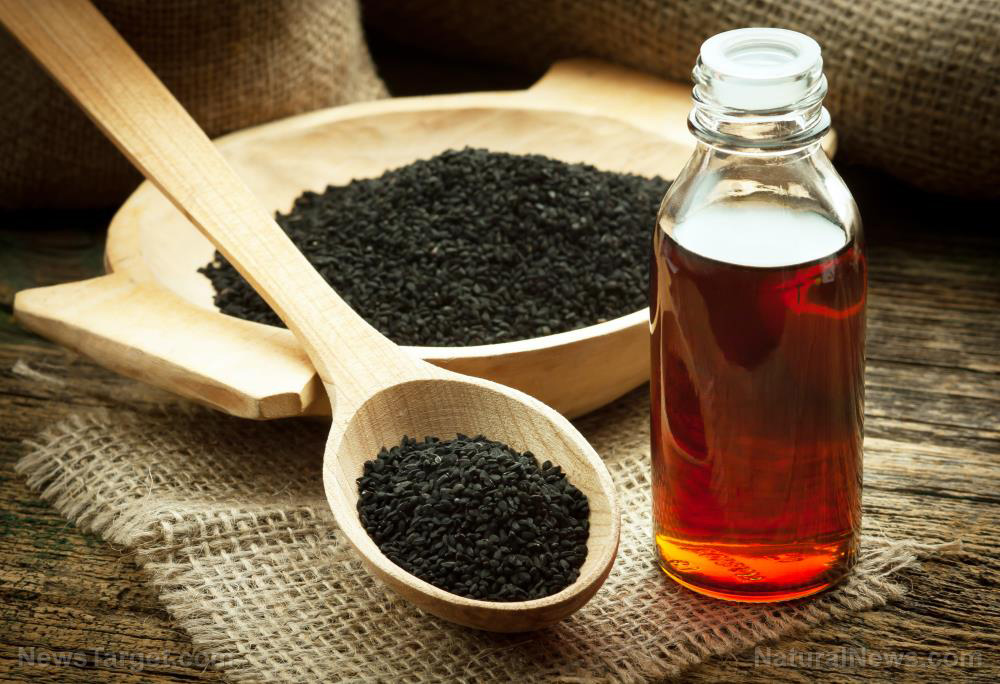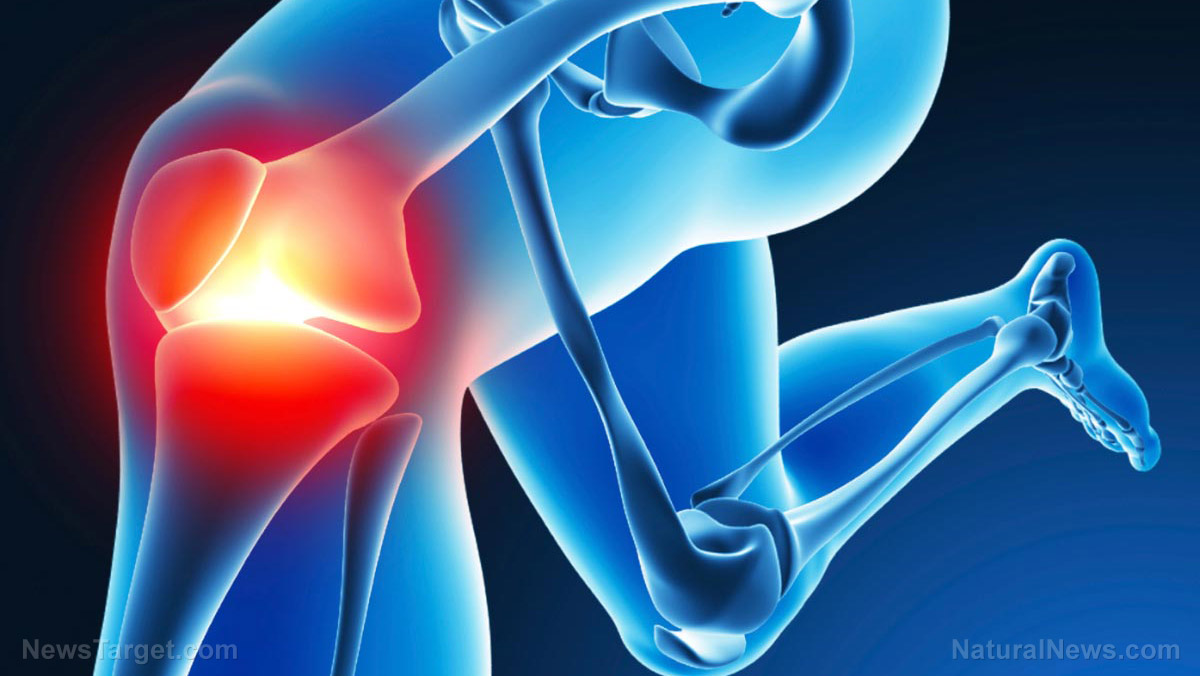Aromatic cumin remains one of the most trusted foods in Ayurvedic medicine due to its range of abilities to treat various disorders
10/11/2018 / By Zoey Sky
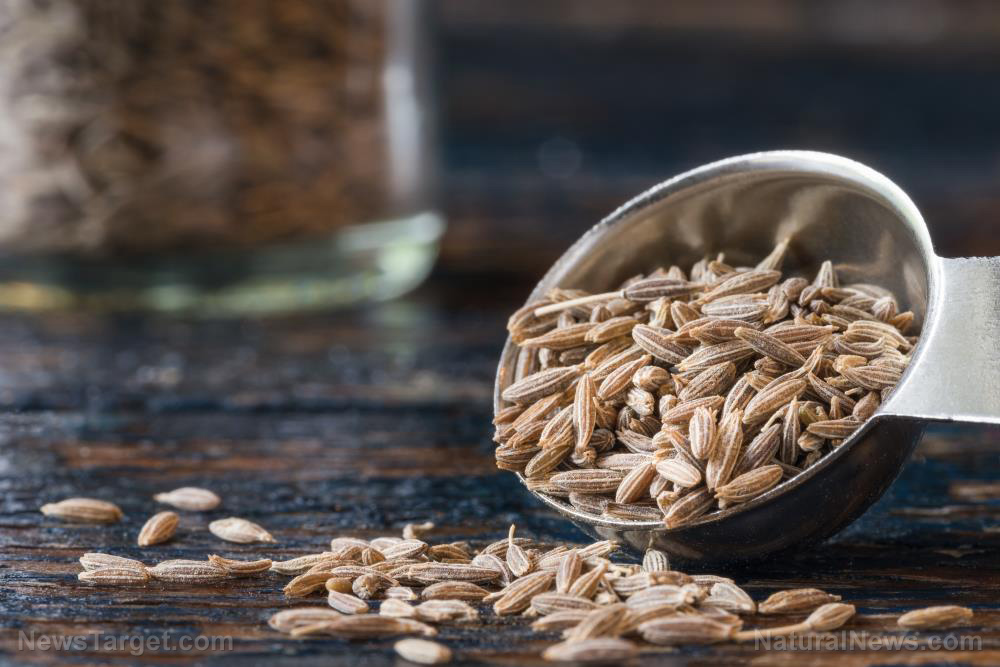
Cumin (Cuminum cyminum) belongs to the parsley family. The flowering plant is cultivated for its aromatic fruits, also known as “cumin seed.”
Cumin has seeds that are dried and used whole, in powdered form, or as a source of essential oil.
The health benefits and uses of cumin
Cumin seed is full of macro- and micronutrients. Research has identified a whopping 18 amino acids in cumin seeds, with eight confirmed as essential amino acids. The body can’t produce essential amino acids and they are often supplied in the diet. Amino acids, the “building blocks of protein” are crucial for the digestion, growth, and repair of bodily tissue.
Cumin also has 14 flavone glycosides with confirmed antioxidant properties. Seven belong to the apigenin group, five from the lutein group, and two belong to the chrysoeriol group.
The spice is made up of three to four percent essential oil, with cuminaldehyde at 35 to 60 percent. Cuminaldehyde can help inhibit aldose reductase and alpha-glucosidase, showing potential as a promising pharmacological agent for anti-diabetic therapies.
Additionally, cumin contains minerals like B vitamins, iron, magnesium, potassium, and antioxidant vitamins like vitamins A, C, and E. Even “spent” or de-oiled cumin is full of minerals and macronutrients.
Dietary fiber helps lower blood glucose and cholesterol, improve digestion, and promote healthy bowel movements.
Called “jeera” in Hindi, cumin seed is traditionally used in different ways. In Ayurvedic medicine, cumin has been used as an astringent, carminative, and anti-parasitic to treat various gastrointestinal disorders.
The spice has been used to treat diarrhea, dysentery, dyspepsia, flatulence, and hiccups. Cumin was also used to enhance digestion and stimulate appetite.
Meanwhile, in Unani/traditional Greco-Islamic medicine, cumin is used to treat jaundice and laryngitis and to stimulant menstruation. In traditional Siddha medicine in South India, cumin is used as a complementary therapy to treat health problems linked to heart diseases such as atherosclerosis, dyslipidemia, hyperglycemia, hypertension, and obesity.
Because of its unique flavor profile, cumin is an important spice for different cuisines in India, Mexico, and the Middle East. Cumin is often used to season bread, fish, meats, soups, stews, and vegetables. Around the world, cumin is used as a condiment, in different dishes (like chili or stews), and spice mixtures.
Cumin in modern research
With modern research, the traditional medicinal uses of cumin are now backed by science-based evidence.
Cumin has yet to be approved as an antimalarial drug, but research has determined that cumin oil has components that produce antimalarial activity. Malaria is one of the deadliest diseases worldwide and the Plasmodium parasite that spreads malaria is alarmingly becoming drug-resistant to artemisinin-based combination therapies (ACTs).
The most effective antimalarials are currently derived from artemisinin, which comes from the Artemisia annua (Asteraceae) plant. Scientists are studying other natural products, like cumin oil, as adjuvants so that Plasmodium will have a more difficult time developing a resistance to ACTs.
Researchers are also exploring the potential of phytochemicals in the spice, which have antimicrobial properties that can help improve food preservation technology and human health. For example, in an in vitro study, an aqueous extract/decoction of cumin seeds was analyzed for its bactericidal properties against Helicobacter pylori. About 30 minutes after application, the extract displayed 100 percent inhibition of growth by viable colony count.
H. pylori, one of the major causes of gastric cancer, affects over 50 percent of the world’s population. The bacteria can also cause severe duodenal and gastric ulcers. It is also becoming resistant to antibiotics, which is often used to treat ulcers. (Related: Cumin improves digestion, relieves stress, and protects against stomach and liver cancer!)
Studies on cumin are also looking into the following areas of research:
- Cumin essential oil’s antibacterial activity against Escherichia coli (E. coli), Staphylococcus aureus (S. aureus), and Streptococcus faecalis (S. faecalis).
- Cumin’s naturally-derived anti-hyperglycemic compounds as a potential holistic treatment for diabetes.
- The effects of various cumin extracts and spent cumin on different digestive enzymatic activities, which have been studied in vitro.
- The use of a cumin seed decoction as an alternative to antibiotics, especially in countries with limited access to the drugs.
- The use of spent cumin, which has more iron, zinc, dietary fiber, and vitamins B2/riboflavin, and B3/niacin compared to wheat flour and milled rice, as a source of dietary fiber and “a healthy, functional, and inexpensive product in the human food supply.”
Read more articles about the other health benefits of cumin and other natural cures at Healing.news.
Sources include:
Tagged Under: alternative medicine, Ayurveda, Ayurvedic medicine, botanicals, Cumin, diabetes, disease prevention, herbal medicine, medicinal plants, natural cures, natural medicine, phytochemicals, prevention, remedies, Spices





